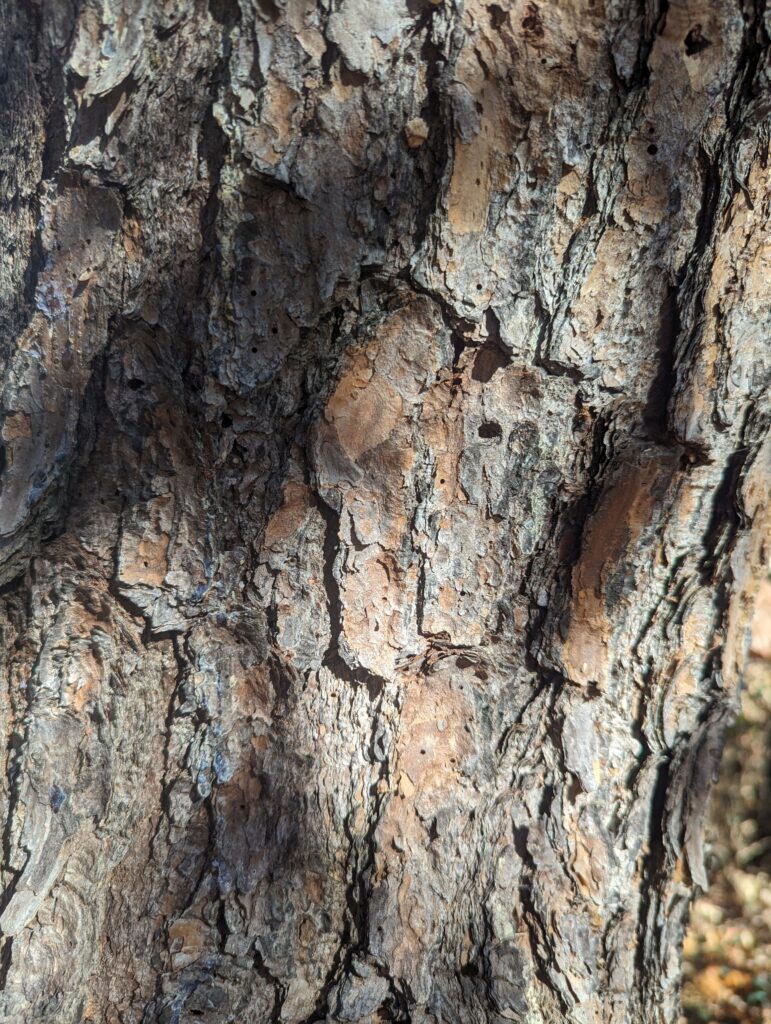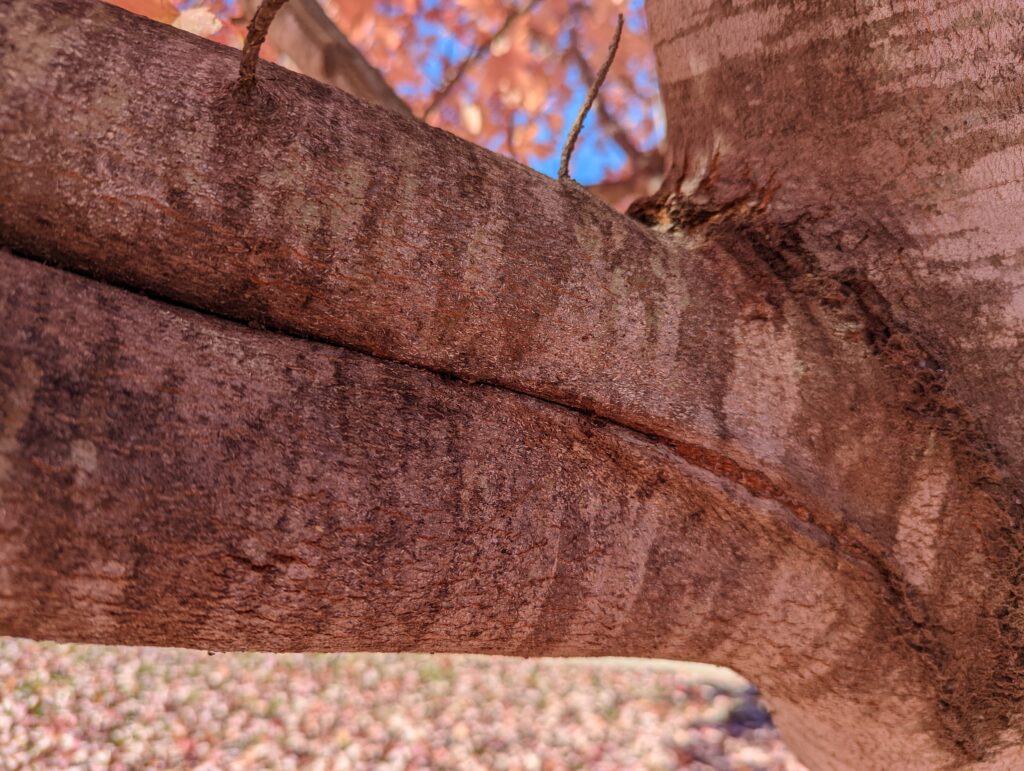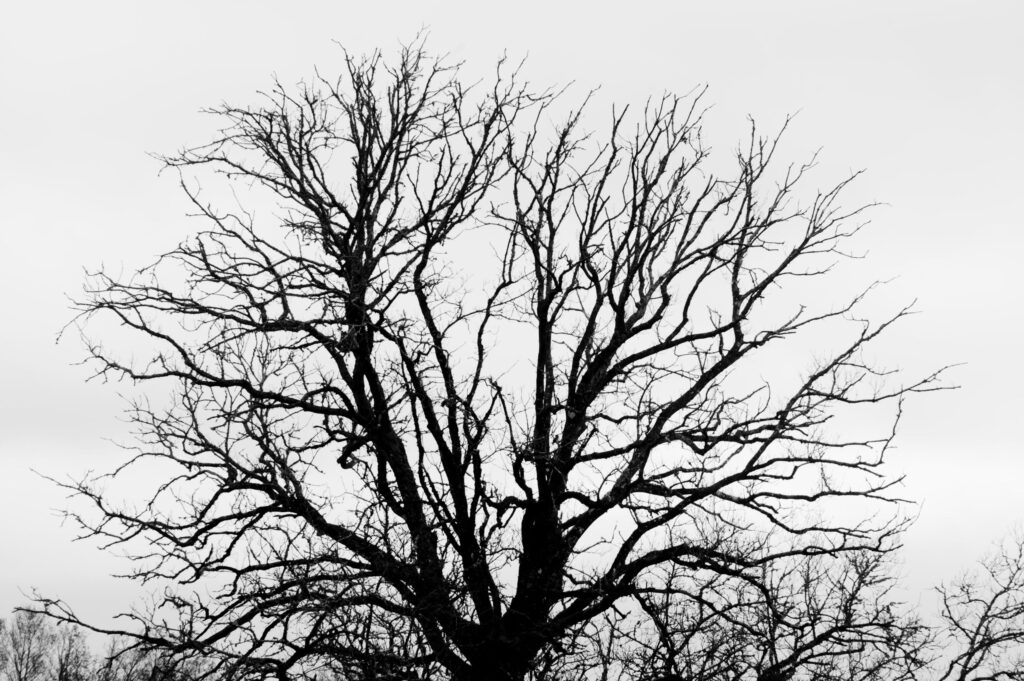Winter in Charlottesville may seem calm for your trees, but certain pests take advantage of the season to cause hidden damage. These insects and their larvae often lie dormant during the cold months, only to become active in the spring. By understanding the risks and taking preventive steps, you can safeguard your trees against winter pests. Here are the key culprits to watch for in the area.
1. Wood-Boring Insects
Insects like emerald ash borers and bark beetles tunnel into tree trunks and branches, weakening the structure and disrupting vital nutrient flow. Their damage often goes unnoticed until the tree shows signs of decline.
Preventive Measures:
- Look for small holes, frass (a sawdust-like material), or peeling bark.
- Remove and properly dispose of infested wood.
- Consult with a tree care expert about treatments to prevent infestations.

2. Scale Insects
Scale insects are tiny sap-sucking pests that attach to branches and bark, often resembling small bumps. These pests weaken trees by draining essential nutrients.
Preventive Measures:
- Prune heavily infested branches and discard them away from your yard.
- Promote beneficial insects like ladybugs to naturally control populations.

3. Overwintering Aphid Eggs
Aphids leave eggs on tree branches that hatch in spring, leading to infestations that harm foliage and attract secondary pests.
Preventive Measures:
- Inspect trees for egg clusters and manually remove them.
- Keep your trees healthy and well-maintained to make them less vulnerable.
4. Spider Mites
Spider mites thrive in dry conditions and overwinter as eggs on trees and shrubs. While small, these pests can cause significant damage to leaves and branches.
Preventive Measures:
- Ensure trees are watered adequately during dry periods.
- Prune and dispose of heavily infested areas.
5. Egg Masses from Tent Caterpillars
Tent caterpillars leave distinctive egg masses on tree branches in the fall. Once hatched in spring, they feed aggressively on leaves, weakening the tree.
Preventive Measures:
- Remove egg masses by hand during winter and discard them.
- Prune branches that show signs of caterpillar activity.
6. Beetles Overwintering in Bark
Beetles, including the Asian longhorned beetle, can lay eggs inside tree bark. The larvae burrow through the wood, causing structural damage and disrupting the tree’s nutrient flow.
Preventive Measures:
- Regularly inspect bark for signs of beetle activity, such as holes or sawdust.
- Remove and dispose of infested trees or branches promptly.
7. Spongy Moth Egg Masses
Spongy moths lay fuzzy, tan egg masses on tree trunks and branches. These masses overwinter and hatch in spring, leading to widespread defoliation.
Preventive Measures:
- Scrape egg masses off trunks and branches and destroy them properly.
- Encourage birds and other natural predators to help manage the population.
How to Keep Your Trees Pest-Free This Winter
Winter is an excellent time to take preventive steps to protect your trees from pests. Here are some best practices:
- Prune Strategically: Remove dead or damaged branches to eliminate pest habitats.
- Inspect Thoroughly: Regular checks for eggs, holes, and other signs of pests can catch issues early.
- Maintain Tree Health: Healthy trees are more resilient to pest damage. Water during dry periods and add mulch for insulation.

